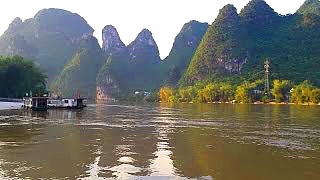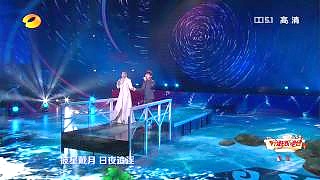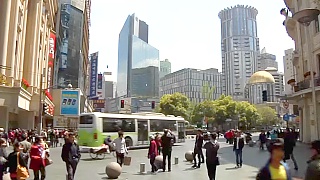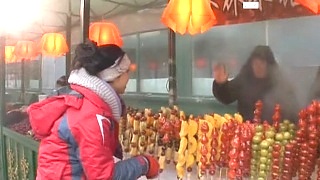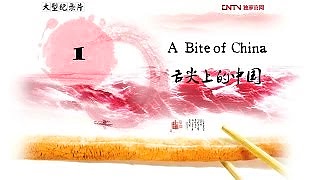
|
SiChuan Province Tour, China
This itinerary covers a diverse range of experiences in SiChuan Province, including city exploration, natural wonders, and cultural immersion.
Week 1: Chengdu and Surroundings
Explore the vibrant city of Chengdu, visit Tianfu Square, and experience local cuisine at Jinli Ancient Street.
Visit the Chengdu Research Base of Giant Panda Breeding to see adorable pandas in their natural habitat.
Take a day trip to the Leshan Giant Buddha, the world's largest stone Buddha statue, and explore the surrounding area.
Visit the Wuhou Shrine and Jinsha Site Museum to learn about the history of the region.
Week 2: Jiuzhaigou Valley and Huanglong
Travel to Jiuzhaigou Valley, a UNESCO World Heritage Site known for its stunning turquoise lakes, waterfalls, and forests.
Explore the scenic beauty of Jiuzhaigou National Park, including stops at Shuzheng Valley, Rize Valley, and Zechawa Valley.
Visit Huanglong National Scenic Reserve, famous for its colorful pools, snow-capped peaks, and ancient temples.
Enjoy hiking opportunities in both Jiuzhaigou and Huanglong, taking in the natural splendor of the region.
Week 3: Mount Emei and Leshan
Travel to Mount Emei, one of the Four Sacred Buddhist Mountains of China, and explore its scenic beauty and religious sites.
Hike to the Golden Summit of Mount Emei to see the sunrise and visit the Huazang Temple and Giant Buddha Statue.
Explore the ancient town of Leshan and visit the Lingyun Temple before taking a boat ride to see the Giant Buddha from below.
Take a relaxing stroll along the riverside and enjoy local cuisine in Leshan.
Week 4: Western Sichuan and Tibetan Culture
Travel to Western Sichuan to explore the stunning landscapes of the Tibetan Plateau.
Visit the town of Tagong and its famous Tagong Monastery, surrounded by picturesque grasslands and snow-capped mountains.
Explore the town of Litang and visit the Litang Monastery, one of the largest and most important Tibetan Buddhist monasteries in Sichuan.
Experience the unique Tibetan culture and hospitality in the region, including traditional dances, music, and cuisine.
|





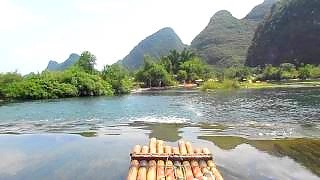
 12 hours of Chinese music for relaxation, meditation and study
12 hours of Chinese music for relaxation, meditation and study




